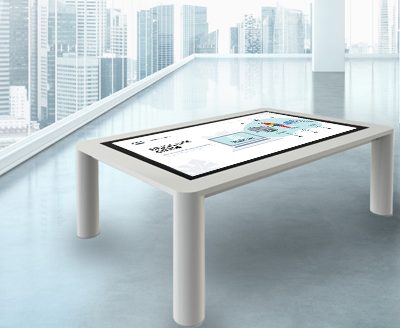Innovative Use of Interactive Tables in Exhibition Design

In the rapidly evolving technological landscape, interactive tables have emerged as a powerful tool for enhancing user engagement in exhibition design. These intuitive interfaces offer users quick access to relevant information and can seamlessly integrate with other multimedia components, providing an immersive and novel experience. This article explores various applications of interactive touch tables in exhibition design strategies, highlighting their versatile uses and benefits.
Object Recognition
Interactive touch tables paired with object recognition technology redefine information presentation in exhibition design. Placing objects on the table triggers corresponding content, deepening users’ impressions of the exhibits. This approach captivates user attention through its simplicity and introduces an entirely fresh experience.
Panoramic Exploration
While virtual reality often facilitates panoramic exploration in exhibition design, a combination of smart touch tables, object recognition, and 3D panoramic software can also deliver this immersive experience. Users maneuver the handheld module on the touch table, prompting the connected screen to display relevant scenes. This integration allows users to navigate the map and witness corresponding landscapes, enabling a comprehensive understanding of the layout.
Dual-Screen Synergy
The integration of 3D panoramic software and touch screen tables sparks innovative thinking among designers. Some exhibition design schemes incorporate touch tables with digital sandboxes, LED screens, and other multimedia elements, amplifying interactivity. This multimedia synergy enriches users’ experience during displays, offering comprehensive and detailed content representation.
They offer diverse applications within exhibition spaces, delivering fresh user experiences and conveying rich digital information. These solutions effectively communicate intricate exhibit details to users, fostering a deeper understanding and appreciation of the content presented. Embracing the potential of interactive tables in exhibition design opens up new dimensions for engagement and exploration.
